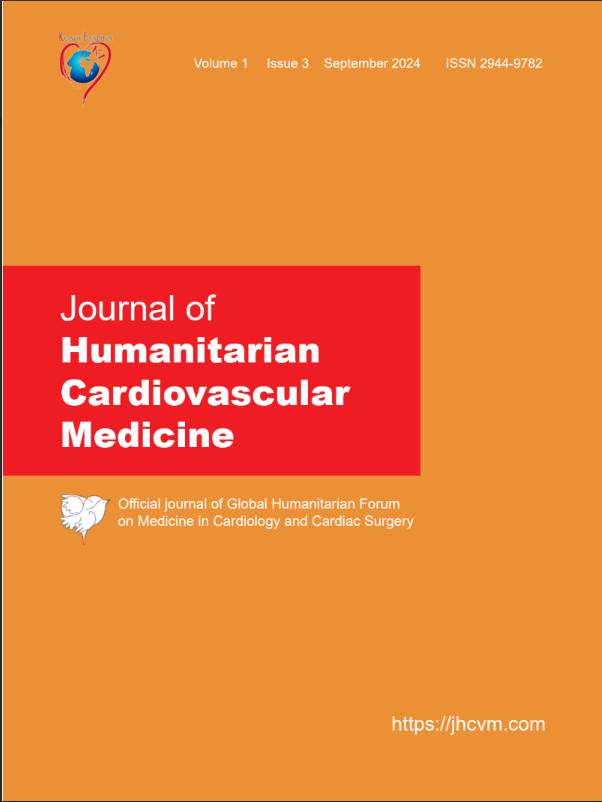A DIFFERENT SURGICAL TECHNIQUE FOR FINDING EMBEDDED LAD LOCALIZATION: "SEARCH TECHNIQUE WITH INCISIONS PERPENDICULAR TO THE LAD"

Abstract
Performing an anastomosis to the desired location of the left anterior descending artery (LAD) is not always easy for cardiac surgeons. The techniques described to solve this problem have advantages and disadvantages. Low likelihood of complications and easy to repair if they occur; We believe that it is a technique that has a rapid learning curve, does not cause coronary intimal damage, does not require additional equipment, and is suitable for the morphology and physiology of the heart; We wanted to define the “LAD search method with vertical incisions”.
Article Details
- How to Cite
-
Unal, M., Tashmamatov, M. D. A., Nazarov, M. D. A. N., & Osmonov, D. (2025). A DIFFERENT SURGICAL TECHNIQUE FOR FINDING EMBEDDED LAD LOCALIZATION: "SEARCH TECHNIQUE WITH INCISIONS PERPENDICULAR TO THE LAD". Journal of Humanitarian Cardiovascular Medicine, 1(3). https://doi.org/10.12681/jhcvm.37602
- Section
- Surgical Techniques
- Categories

This work is licensed under a Creative Commons Attribution-NonCommercial-ShareAlike 4.0 International License.
This work is licensed under a [Creative Commons Attribution-NonCommercial-ShareAlike 4.0 International License|https://creativecommons.org/licenses/by-nc-sa/4.0/]. Authors who publish with this journal agree to the following terms: # Authors retain copyright and grant the journal right of first publication with the work simultaneously licensed under a CC-BY-NC-SA that allows others to share the work with an acknowledgement of the work's authorship and initial publication in this journal. # Authors are able to enter into separate, additional contractual arrangements for the non-exclusive distribution of the journal's published version of the work (e.g. post it to an institutional repository or publish it in a book), with an acknowledgement of its initial publication in this journal. # Authors are permitted and encouraged to post their work online (preferably in institutional repositories or on their website) prior to and during the submission process, as it can lead to productive exchanges, as well as earlier and greater citation of published work (See [The Effect of Open Access|http://opcit.eprints.org/oacitation-biblio.html]).


